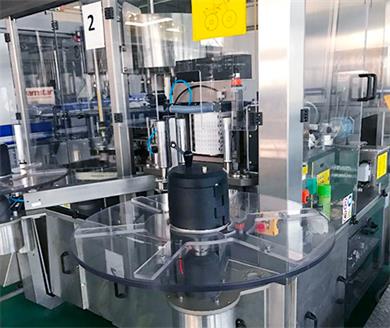Unmanned retail from 1.0 to 2.0, visual recognition intelligent cabinet brings more imagination spac
One is doing unmanned retail, the other is cloud service provider, what are these two roles coming together? Recently, I saw a cross-boundary news of the retail industry. Tencent cloud and daily youxian convenience purchase signed a strategic cooperation agreement, which will provide intelligent cabinet hardware solutions, image recognition and cloud services for in-depth cooperation. The intention is clear. Does this mean that the industry will move into the 2.0 era from now on?
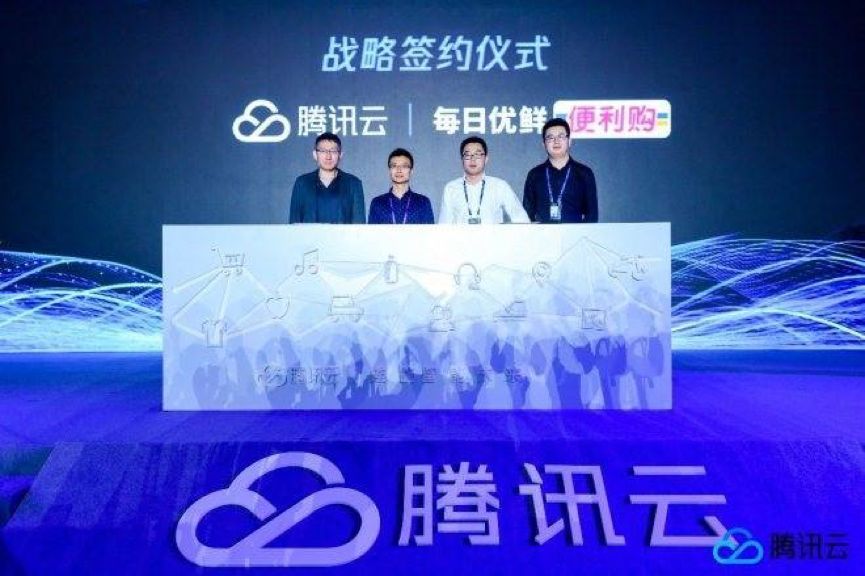
This incident aroused my great interest in the application of artificial intelligence in the field of unmanned retail. During my research, I found that almost all innovative business models had the form of 1.0. At this stage, most of them were premised on rapid expansion and did not pay attention to refined operation and leading technology. Therefore, in the trajectory of unmanned retail industry in stage 1.0, except for a few retail gene enterprises, they have established a fine operation basis by virtue of their supply chain capabilities. Those pioneers who lack supply chain strength have become martyrs.
The development course of unmanned shelf seems to be the same, in a "cool cool" sound, the arrival of unmanned shelf winter. However, unmanned retail is not the same as unmanned shelf, and unmanned shelf is only the pioneer of unmanned retail in the 1.0 stage. From the 1.0 era to the 2.0 era, based on the "near-field consumer retail scene" formed after the development of unmanned shelves, how to open the market door of build-level retail has become the key to the 2.0 era of unmanned retail.
Unmanned retail 1.0: fine operation determines success or failure
Recently, I wrote an article named "space war and time war of unmanned shelves", which carefully described the transformation idea of unmanned shelves enterprise -- guoxiaomei. It used the acquisition ability of offline users of unmanned shelves to transform itself into an online e-commerce platform, so as to continue its development. This article proposes an upgrade idea from the technical perspective -- taking the smart cabinet of daily youxian convenience purchase as the representative, in-depth analysis of the upgrade path of unmanned retail 2.0.
Before this, the commercial value and core issues of unmanned retail era 1.0 with unmanned shelf as the carrier are briefly analyzed.
The biggest commercial value of empty shelves is the expansion of the new near-field consumer retail scene -- the office, which is the result of the low cost, reproducibility and high financing of empty shelves.
But as players GuoXiaoMei head and scarlet convenient transformation, there are a lot of money no shelf enterprise collapse, inadequate prove high barriers to competition isn't no shelf besides point battles, still need to face up to the core of the retail industry, namely the refinement operation ability and the ability of supply chain management challenges, the overall supply chain costs, loss serious, logistics cost is the need to solve the problem.
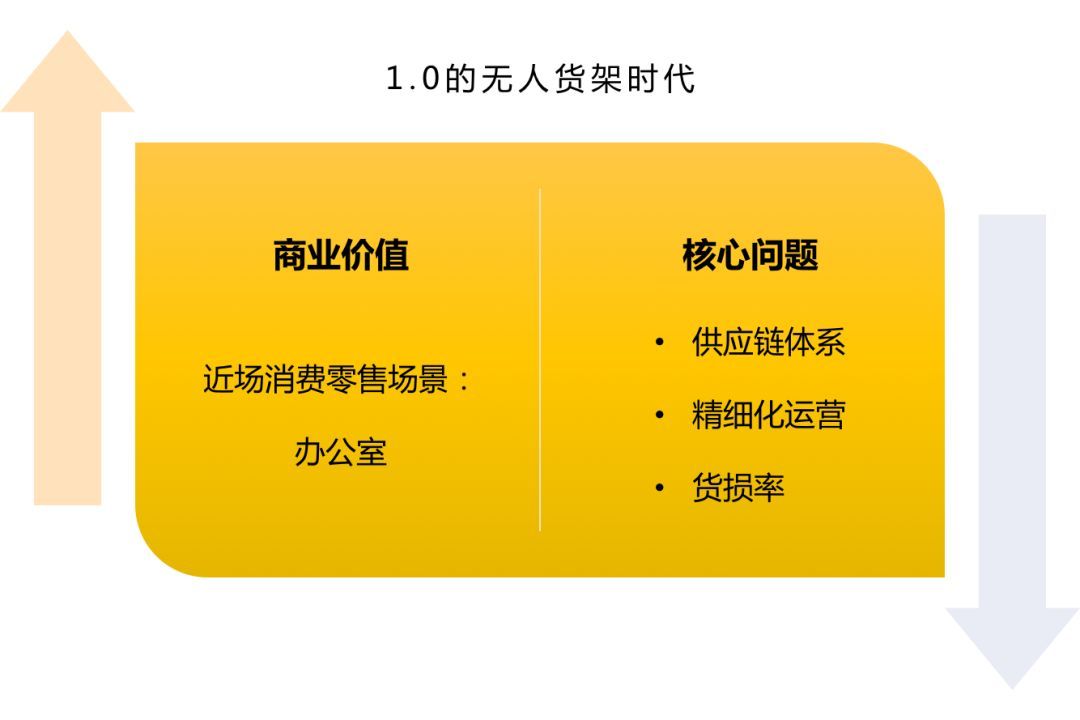
Without the assistance of new technology and collaborative strategy, unmanned shelves can only be transformed but cannot really upgrade, if the United States choose to transform the line hope to become another "pinduoduo", small convenience is transformed into restaurants and other 2B suppliers.
In the 1.0 stage of unmanned retail, convenient buy has a differentiated category supply chain relying on the synergism effect with daily youxian, and the cooperation with all-cold chain instant logistics has laid a solid foundation for daily youxian convenience buy. I analyzed, summarized and drew a picture:
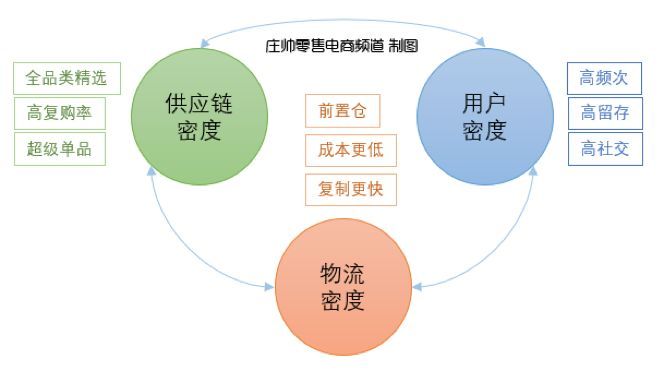
As a result, one of the top players in office "near field consumption" and unmanned retail, momoichi's convenience store, has grown from a latcomer to be the winner of the 1.0 era. These conditions have contributed to the cooperation between convenience purchase and tencent cloud, and even the trend of leading the industry to upgrade to the 2.0 era of intelligence. By enabling AI, more scenarios can be implemented and applied with technology.
After all, as an important trend of new retail, the technology + scenario + data must form a verification closed loop.
Unmanned retail 2.0: the intelligence of daily youxian convenience shopping
In the 1.0 era of unmanned retail, youxian daily has been adhering to two principles: to expand the quality point location and fine operation.
The two principles are combined with the advantages of daily usen: supply chain density, logistics density and user density, as well as the team with complementary background and strong execution ability, which can not only achieve development in the era of unmanned retail 1.0, but also launch the unmanned retail upgrade strategy of "full scene + full category" in the era of unmanned retail 2.0.
In the opinion of li Yang, CEO of daily youxian convenience store, the 2.0 era of unmanned retail must be: the empowerment of artificial intelligence becomes the core engine of the development of the unmanned retail industry! I take this for granted. I will publish more in-depth research articles on artificial intelligence and unmanned retail on my personal official account [zhuang shuai retail e-commerce channel].
Why do you use visual identification technology in your smart cabinet?
My research found that the mainstream intelligent container is mainly based on RFID and gravity induction technology, which can reduce part of the damage rate on the surface. However, from the perspective of high production cost, labor cost and operating cost, this technology is not cost-effective. Although commercial RFID has been developed for more than 10 years, it is still not applicable to metal, liquid and other commodities, not only because of the problem of tag recycling, but also because of the high cost of tag itself and long-term labor operation.
On the one hand, the cost performance of container is not high; on the other hand, the application scene is limited. In closed space, these technologies can be better applied, while in open space (such as community, commercial square, street, etc.), there are many restrictions, which cannot be carried out well.
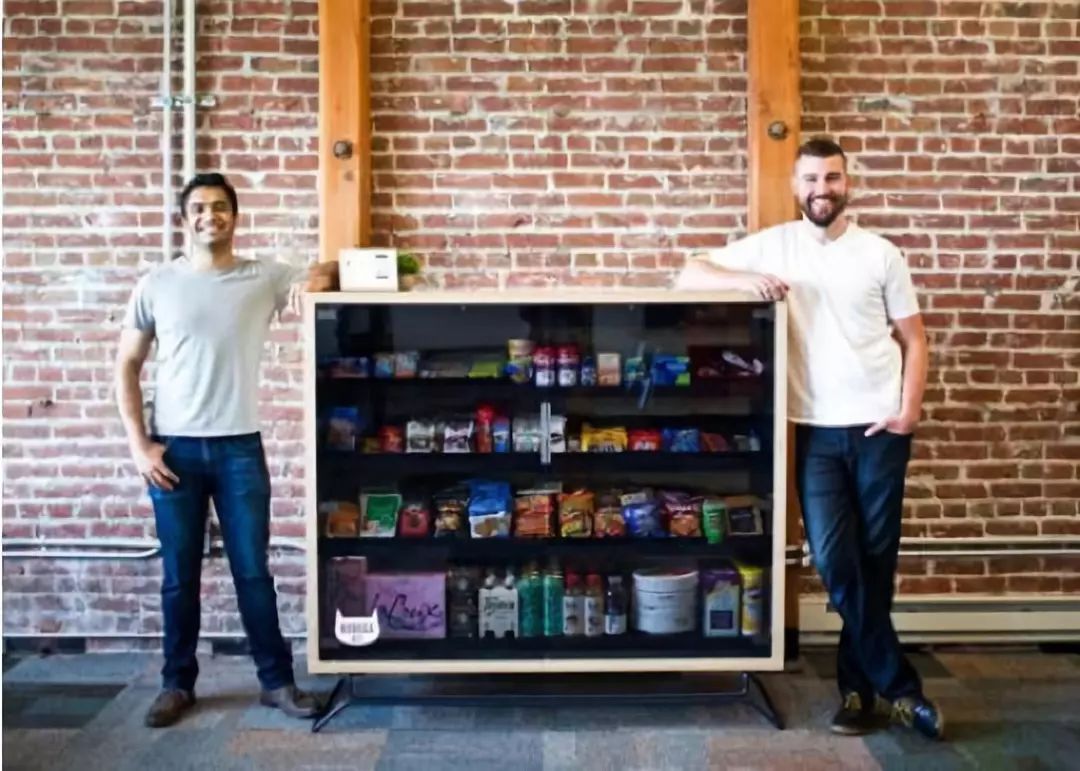
At present, the representative enterprises relying on RFID and gravity induction technology are such as bingobox, jingdong home and Bodega.
Bodega smart containers can only be placed in relatively closed scenes such as offices, gyms, apartments and street corners
Compared with RFID technology, the visual identification intelligent container relying on artificial intelligence image recognition technology can effectively reduce the subsequent operating costs, adapt to complex and diverse consumer scenes and environments, and support the identification of multi-category goods after the training of identification model in the early stage.
At present, there are two smart container modes in the market. One is the smart container manufacturers such as shenlan technology xiaolan freezer, ha-ha zero beast and haier. The other is a smart container solution provider such as malong technology, sensetime technology and tencent cloud.
Compared with RFID tags, visual identification technology has been recognized by the industry as the mainstream technology of unmanned retail in the future.
Why do you say that?
In simple terms, the use of computer vision and machine learning platform to handle data, can achieve fine granularity and artificial processing cannot achieve accuracy, flexible application enterprise can put the processed information in different scenarios, application scenario is not only in a closed office, supermarket stores such as traditional retail scene, still can across the bar, restaurant, husband and wife wife, communities, commercial plaza, etc.
Secondly, visual identification technology can also help enterprises realize full digitalization of people (customers), goods (commodities), shops (stores) and other elements in offline retail operation, and establish connection relations between them, so as to finally realize the business closed-loop from data collection, data storage, data analysis to optimization and improvement of offline retail.
In addition, with the increase of commodity information and transaction data of users, more intelligent container management strategies can be provided to improve operational efficiency.
According to the research of "zhuang shuai retail e-commerce channel", at present, the common practice of artificial intelligence containers in visual identification is to adopt dynamic pure vision solutions, deep learning, machine vision and other AI technologies. Without RFID, standard goods and non-standard goods can be identified. Consumers can pick up multiple goods with one hand or two hands at a time. At the same time, there is no restriction on the display location, which reduces the operation and maintenance cost and can accommodate more goods.
通过视觉识别技术的深度应用,每日优鲜便利购可更好地采集SKU数据、消费者行为和交易数据,通过实时销售数据监测,最终再进一步指导供应链和选品优化,实现“千柜千面”,并再次提升三大密度。
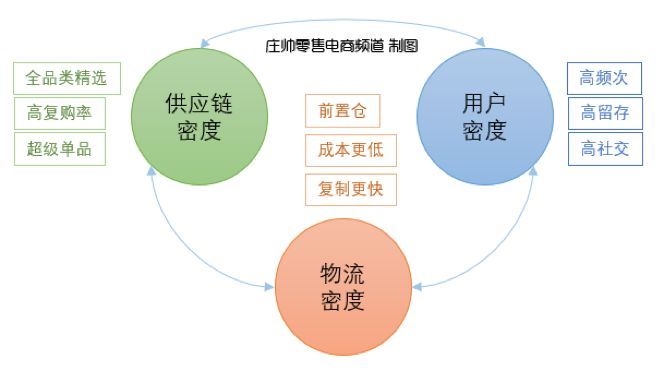
At the same time, the smart cabinet will also help improve the user experience. Fresh convenient purchase and are struggling to take daily optimal layout of visual identification intelligent tank, through the depth of the tencent cloud technical support services, combined with the recognition algorithm of commodity, without pay, user actions match, etc, which can realize the fetch the closed automatic settlement, instead of manually add a shopping cart, also dispense with payment action, "namely namely" make shopping easier.
The next step of unmanned retail: the expansion and application of AI assisted multi-scene
The scenes of unmanned intelligent selling containers can be basically divided into three categories: fully closed scenes, semi-closed scenes and fully open scenes. Different scenes have different requirements on machines and technologies. For example, in fully closed or semi-closed scenes, the hardware cost of containers is relatively low (it is not necessary to consider the influence of different weather factors on the machines) and the possibility of damage is relatively small, which makes it better to realize higher intelligence. Similarly, fully open scenarios need to consider more influencing factors and have higher requirements for hardware.
Through the above analysis of artificial intelligence technology, it can be further seen that in addition to the office scene, the smart cabinet of daily youxian convenience purchase also has the ability to expand a wider range of scenes!
The logic of this judgment is that the future unmanned retail must be user-experience oriented and take AI enablement as the basis to provide in-depth help for intelligent cabinet research and development, landing, replenishment, selection and other algorithms.
In addition to tencent cloud providing in-depth technical service support for daily youxian convenience shopping, convenience shopping also cooperates with haier's commercial refrigerator strategy to accelerate the layout of the domestic market by virtue of the latter's world-leading cold chain technology and services. The expansion of these three scenarios is obviously considered in the cooperation process between daily youxian convenience store smart cabinet and tencent cloud and haier refrigerator.
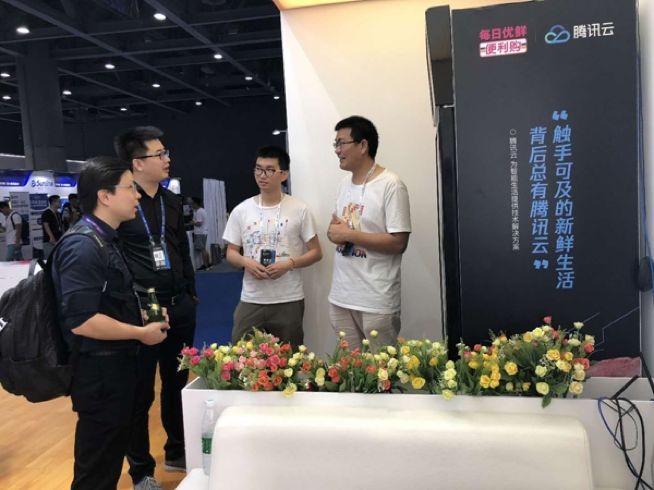
In tencent yunfeng meeting, professor jia jia also came to the daily youxian convenience purchase booth, the cooperation of the intelligent container products for acceptance. As one of the leading experts in the field of artificial intelligence in China, professor jia joined tencent youtu lab last year. His team has been leading the world in image recognition and face recognition technology, and has made great achievements in various world-class competitions. With such a great team to do the backing, presumably convenience buy in the 2.0 era of intelligence can be less detours, run faster.
Obviously, expanding the scene of community, park, public places and so on will also make daily youxian convenient shopping smart cabinet run further and further on the track of unmanned retail 2.0, and even become the basic service provider in this field. After all, as the landing platform of the scene of intelligent container, in-depth cooperation can be achieved with the two intelligent container modes mentioned above (intelligent container manufacturer and intelligent container solution provider).
In addition, according to previous media reports, daily youxian convenience shopping was launched in June 2017, and has set up high-quality locations in 25 cities across China, operating fruit, snacks, cold drinks, hot drinks, meals and other categories of goods, and completed A+B round of financing of 200 million us dollars at the end of last year.
So heavily in hand, the optimal daily fresh convenient purchase, after you've finished the quality level of preemption in retail 2.0 times the high ground of the have preempted the technology-driven, combining tencent cloud + commercial freezer haier realized visual identification of intelligent container floor after application, the retail business, flow value, value of payment and will increasingly highlight the data value.
In the future-oriented unmanned retail, refinement and intelligence must be dual-track, with the core goal of improving efficiency and user experience.
- Impinj unlocks new IoT device opportunities with launch advanced RAIN RFID chips
- RFID is Improving the World of Healthcare
- Confidex Ferrowave Micro Delivers On-Metal RFID Tracking for Specialty Retail
- Paragon ID announces the acquisition of Security Label, European leader and one of the world's bigge




